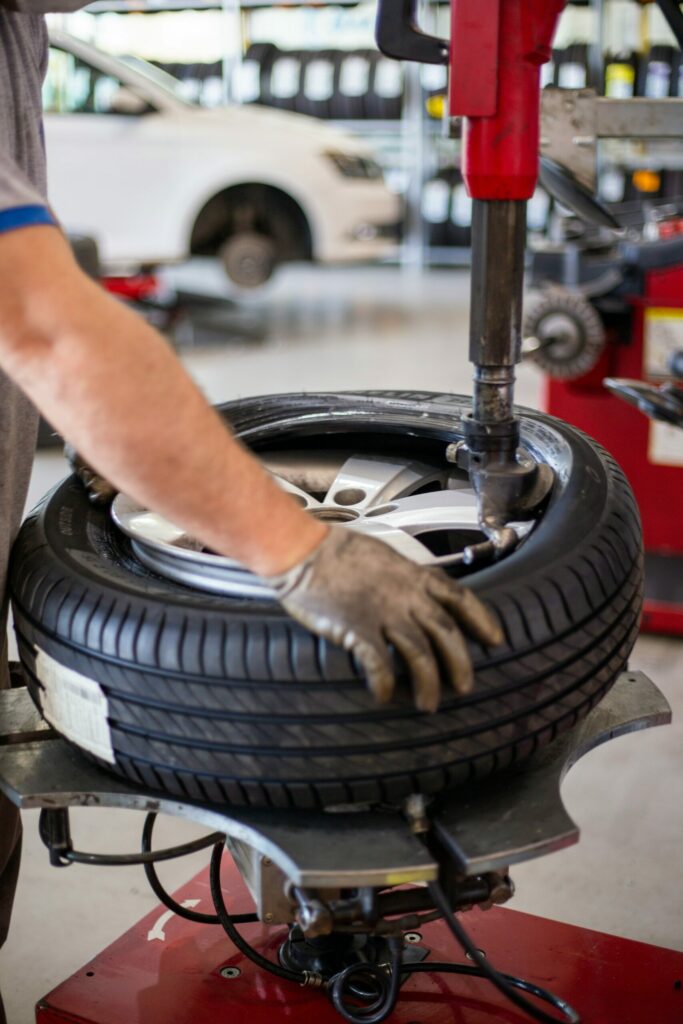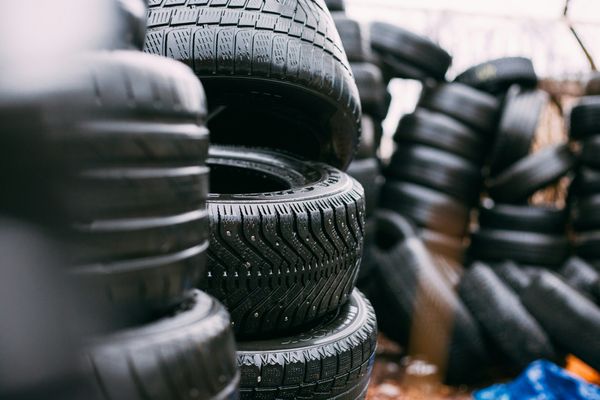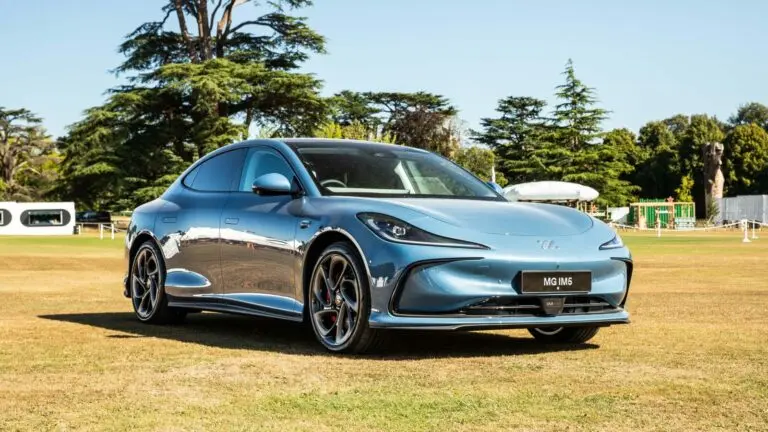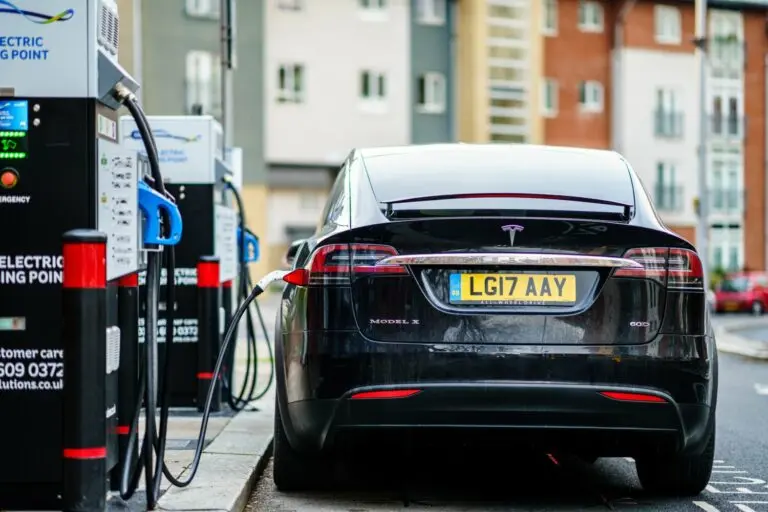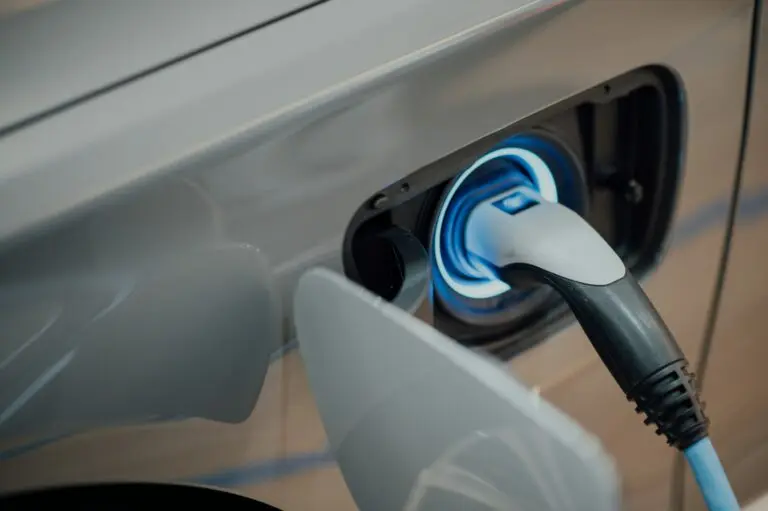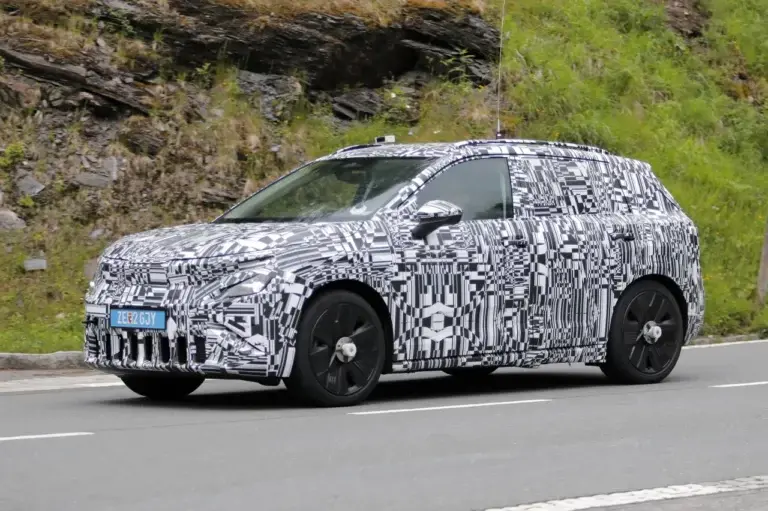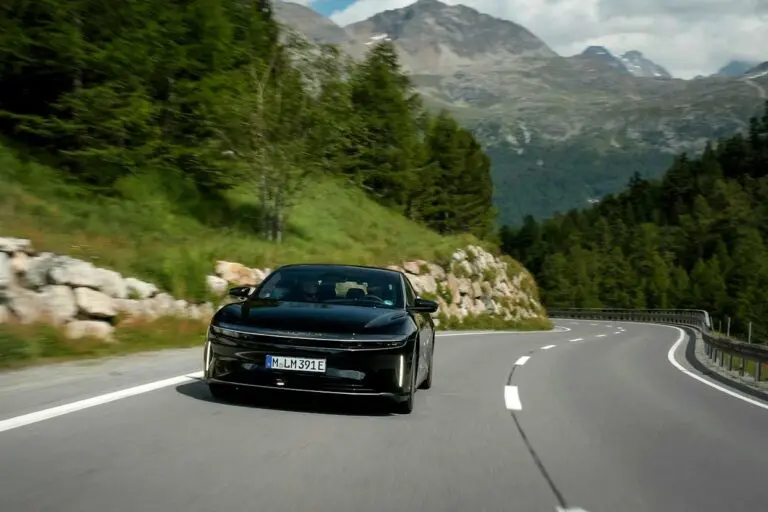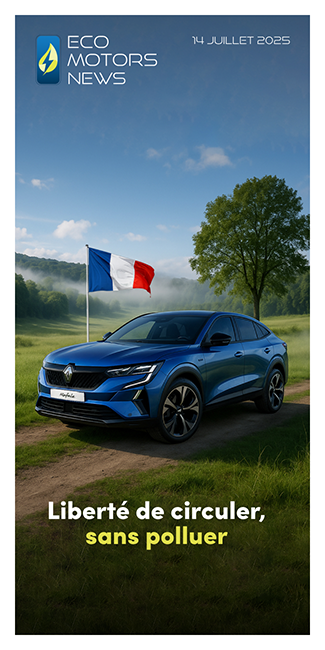No oil changes to be made, no spark plugs or cylinder head gaskets to be changed, and even less descaling to be planned: maintenance on an electric car is much less frequent – and less costly – than on a combustion car, except in one crucial area: tyres. Sometimes this is due to a simple oversight (some owners of electric cars, packed with technology and with no apparent engine, tend to believe that their steed will never see a mechanic in its life), but more often than not, tyre-related problems are due to the fundamental differences between combustion-powered cars and electric cars. There are, however, tyres dedicated to electric cars, as well as best practices for extending their life.
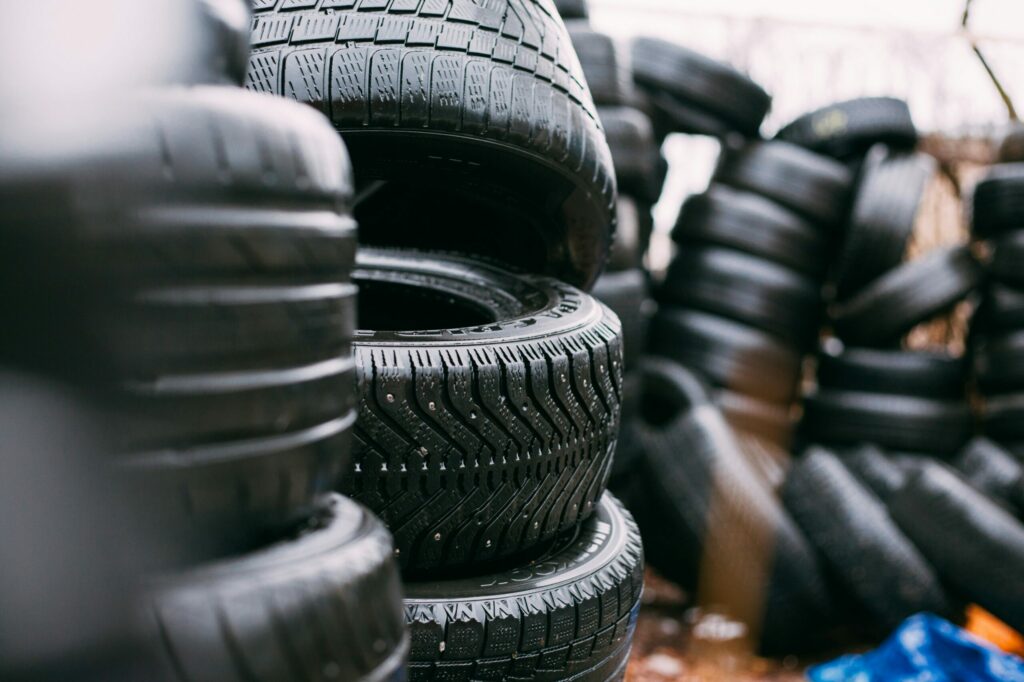
Faster wear and tear
The characteristics of electric cars have a direct impact on tyre wear. Firstly, as the battery is often heavy, an electric car will weigh more than a combustion engine car of the same model, with a difference of 400 kg for a city car and up to 600 kg for an SUV. The first victims of this excess weight are none other than the tyres, which are subjected to higher pressure, which affects both their deterioration and braking distance, generally compensated for by harder braking which, although it may be regenerative and therefore good for range, accelerates the wear and tear on electric car tyres even further. As if that weren’t enough, the instant torque delivered by electric cars, again one of their main advantages, puts a greater strain on tyres during each acceleration than a combustion model. Several studies have shown that, on average, the tyres on electric vehicles need replacing around 10,000 km earlier than those on combustion engines.
Acoustic tyres?
The silent operation of electric cars amplifies the perception of the noise produced by contact between the tyres and the road, known as rolling noise. This sound is also produced by combustion-powered cars, but is masked by the noise of the engine. In town, at moderate speed, the discomfort is limited, but on the motorway or when you come across cobblestones, it can quickly become uncomfortable. To reduce this discomfort, all the giants in the sector have developed their own so-called ‘acoustic’ tyres. Generally speaking, this involves incorporating an absorbent foam inside the tyre, capable of reducing vibrations and, consequently, reducing the volume of rolling noise. Leading French tyre manufacturer Michelin claims a 20% reduction in noise. Continental is promising a reduction of nine decibels, compared with three at Pirelli.
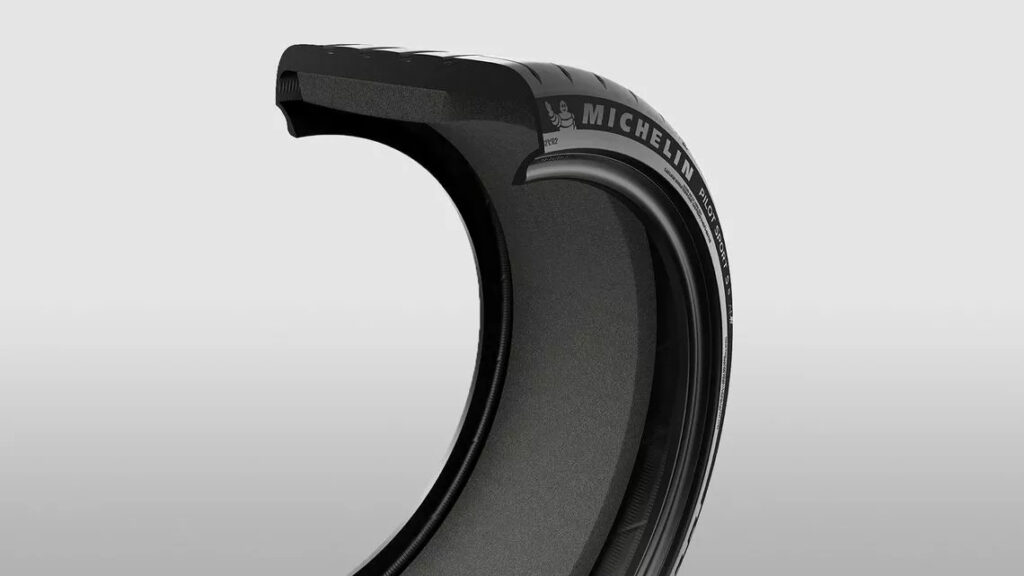
But when these manufacturers and their competitors design tyres dedicated to electric and electrified vehicles, noise is not the only factor they take into account. As we saw earlier, the main concern is that tyres on electric cars wear more quickly than their internal combustion counterparts. So tyres for electric cars have a number of technical features that differentiate them from those for internal combustion vehicles. Without going into too much detail about their ‘recipes’, manufacturers assure us that the materials used to make dedicated tyres are designed to withstand the high weight and instant torque of these cars. Their structure is also reinforced, with the same objective: to delay wear. These tyres offer a lighter resistance to movement, limiting friction and preserving the vehicle’s autonomy. An experiment carried out by Tire Rack, which compared the behaviour of specialised tyres and conventional tyres in real conditions, on the same electric car and following the same route, proved that fuel consumption was much lower with « electric tyres ».
Best practice
To optimise the life of the tyres on an electric car, there are a number of good practices to follow. First of all, you need to check your tyre pressure regularly, once a month if you drive regularly. The right tyre pressure ensures good range and slower wear. We also recommend that you rotate your tyres every 8,000 to 10,000 km, to spread the wear more evenly. It’s worth noting, even for drivers of internal combustion vehicles, that it’s advisable to adopt a supple driving style, avoiding hard acceleration – which is certainly tempting when all the torque is instantly available – and hard braking. The same goes for wheel alignment and balancing, which are often overlooked when it comes to maintenance. By following this good advice, as well as choosing dedicated tyres – even if they are a little more expensive – you can not only extend the life of your tyres, but also, and above all, improve your driving experience.
